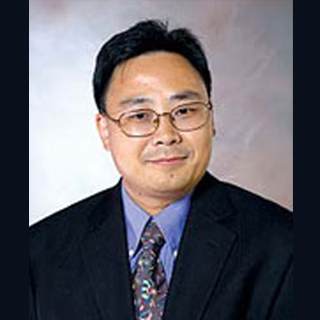
In spinal cord injury, demyelination or the damage of the myelin sheath in the central nervous system seems to crop up. The myelin sheath, generated by cells called oligodendrocytes, may twirl around the axons of nerves and assist in speed activity and apparently insulate electrical transmission. Without it, the nerves may not be able to mail messages to cause the muscles to move.
The research team, headed by Qilin Cao, M.D., principal investigator and associate professor of neurosurgery at UTHealth (The University of Texas Health Science Center at Houston), apparently found that transplanted adult stem cells i.e. oligodendrocyte precursor cells or OPC from the spinal cord could develop into oligodendrocytes. The new cells appear to aid in reinstating electrical pathways of the spinal cord and consequently work in a procedure known as remyelination.
Cao mentioned that two significant findings were separating precursor cells from the adult spinal cord and, before transplanting them into the spinal cord. This may genetically alter them to express ciliary neurotrophic factor (CNTF), a protein that apparently stimulates nerve development. In the initial experiments, CNTF was supposedly exhibited to enable survival and isolation of OPCs in cell culture.
Cao commented, “Most importantly, the evidence of remyelination was shown to exactly coincide with the anatomical localization of these motor pathways in spinal cord white matter. These latter data provide confidence that the mechanism by which the grafted OPCs are enhancing functional recovery is through remyelination.â€
Preceding researches by the team and other scientists seem to exhibit that grafted OPCs may carry on after grafting into a wounded spinal cord and augment movement recuperation. But the automatic link to remyelination had apparently only been hypothesized. In this research, outcomes displayed that there could be significantly superior behavioral recovery, return of electrophysiological conduction and ultra-structural proof of remyelination.
Cao mentioned that the clinical importance is said to be double. He is of the opinion that first it confirms what has been suggested by these and other authors that stem cell grafting in attempts to remyelinate an injured spinal cord is a viable therapeutic strategy. Secondly, it strongly cautions that optimal recovery using such an approach will require more than simply grafting naïve precursor cells.
The research is published in journal of Neuroscience.
